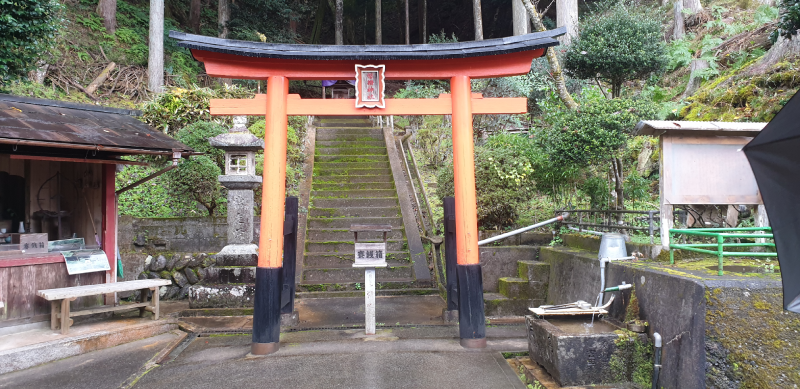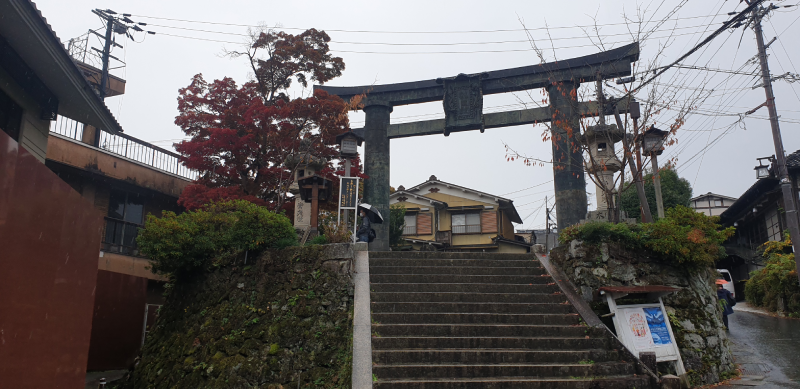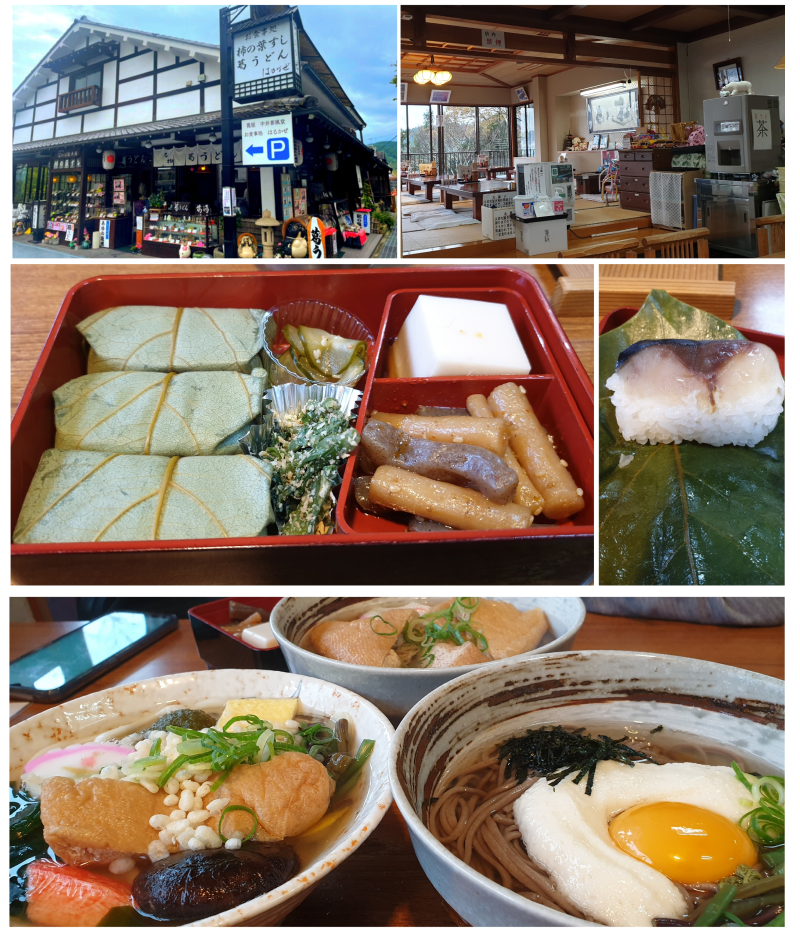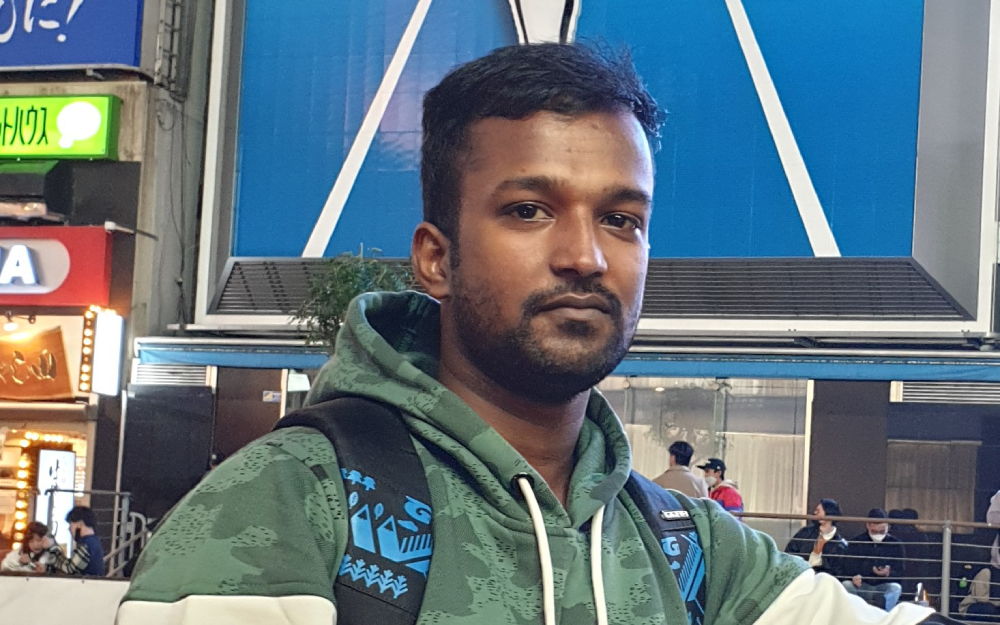வணக்கம்(Vaṇakkam : Hello)! I'm Bosco Francis from Tamil Nadu, South India. Here's a quick question for you. Did you know that my home country, India, is home to many languages? India is often considered one of the most ethnically and linguistically diverse countries in the world. When you consider the widely spoken languages and regional dialects, it's said that there are over 1,000 languages in India. The language spoken in my home state of Tamil Nadu is Tamil, but I also speak English and am currently learning Japanese.
■The Reason I Decided to Learn Japanese
I decided to study Japanese because I thought I needed Japanese language skills to make use of the specialized knowledge I had acquired at university and to advance my career. I graduated from a university in India where I studied mechanical engineering, and I wanted to learn a language other than English during my time at university. After discussing this with my professor, I was recommended to study Japanese, so I enrolled in a Japanese language school in India. At the beginning of my studies, I was simply enjoying learning characters, words, grammar, and greetings that were similar to Tamil. However, when I started studying Japanese at the N4 level, I realized it would be difficult to master keigo (polite form) and listening skills perfectly in India, so I decided to study abroad in Japan. However, by the time I made this decision, the Covid-19 pandemic started spreading worldwide, and I had to patiently wait for three years before I could go to Japan. Finally, in October 2022, I was able to study abroad in Japan, and now I am excited to continue improving my Japanese, which I have been learning in India for three years and use it more like a native speaker.
■My Dream
My dream is to work as a mechanical design engineer for a Japanese company. At first glance, Japanese people may seem indifferent or distant, and it can sometimes feel like there is a barrier, but in reality, they maintain an appropriate level of distance without interfering with others. Many people in Japan expect the same level of results, or even better, regardless of race, and I truly appreciate this mindset. Currently, I am doing my best to learn Japanese every day using everything around me, and if I can find a job in Japan, I plan to live here for at least 25 years.
■The Place I Recommend in Japan: A World Heritage Site, Mt. Yoshino in Nara Prefecture, Easily Accessible from Osaka on a "Low Budget" and "Day Trip"
I arrived in Japan in October 2022, so the places I had visited in Japan up until then were mainly tourist spots in Osaka, such as Osaka Castle, Namba, Umeda, and Tennoji. However, about a month after I started living in Osaka, a friend from Poland, who also attends the same school, invited me to a day trip on the weekend. This was how I ended up visiting Mt. Yoshino in Nara Prefecture. At that time, my friend from Vietnam who went to a different school joined with us. Three of us were living in Osaka and we were able to travel easily by taking the Kintetsu Minami Osaka Line from Osaka Abenobashi Station directly to Yoshino Station in Nara, so there was no confusion with the train route. Now, I would like to introduce the charm of Mt. Yoshino in Nara Prefecture.
■Reasons Why I Recommend Mt. Yoshino in Nara Prefecture
①Even with a low budget of about 3,000 yen from Osaka, you can fully enjoy nature and feel refreshed.
②If you visit during the cherry blossom or autumn leaf seasons, you can enjoy the beautiful collaboration of World Heritage sites and breathtaking nature.
③You can also enjoy delicious traditional dishes from Yoshino, Nara.
■Go to the "Yoshino Town Tourist Information Center" First When You Arrive at Yoshino Station

On the day we headed to Mt. Yoshino, it started raining partway through the trip. However, when we exited the ticket gate at Yoshino Station, the staff at the Yoshino Town Tourist Information Center kindly gave us umbrellas and brochures and provided us with information about the mountain and how to climb it. Even for those experienced with hiking, it's easy to get caught up in unexpected accidents when visiting a new place, so I highly recommend using this tourist information center when you visit Mt. Yoshino.
■Schedule
・Season: December
・Budget: ¥3,000
・Train Travel: From Osaka Abenobashi Station to Kintetsu Yoshino Station
・Train Travel Time (One Way): About 1 hour 30 minutes
・7:30 AM: Pick up my friends from Vietnam and Poland
・8:20 AM: Depart from Kintetsu Osaka Abenobashi Station
・9:52 AM: Arrive at Kintetsu Yoshino Station (Nara)
~ Have breakfast near the station ~
・10:00 AM: Start the hike
・10:30 AM: Rest at a rest area
※This time, we chose to walk from Senbonguchi Station to Yoshinoyama Station instead of using the ropeway.
・11:00 AM: Arrive at the Kinpusenji Temple’s Black Gate (Kinpusenji Kuromon)
~ Start the Shugendo pilgrimage ~
・2:00 PM: Arrive at Kinpu Shrine
・4:00 PM: Have a meal at a restaurant called "Harukaze" near Kinpusenji Temple
※Most nearby restaurants close around 5:00 PM.
・5:30 PM: Rush down the mountain and arrive at Kintetsu Yoshino Station (Nara)
・7:00 PM: Arrive at Kintetsu Osaka Abenobashi Station
■Recommended Spots in Mt. Yoshino, Nara Prefecture
Shidegake Shrine

It is said that ascetics have been visiting this shrine to pray before their ascent for many years. I recommend stopping at this shrine near Yoshino Station to pray before heading to Kinpusenji Temple.
Kane no Torii

On your way from Yoshino Station to Kinpusenji Temple, you’ll find “Kane no Torii” (the Copper Torii Gate), which is designated as an Important Cultural Property. This gate is the first of four gates (Hosshin, Shugyo, Togaku, and Myokaku) leading up to Mt. Sanjogatake. It is formally called the Hosshinmon (Gate of Aspiration), which is said to symbolize the emergence of the mind of enlightenment. Be sure to stop by this gate when heading to Kinpusenji Temple.
■I Recommend The Restaurant "Harukaze" in Front of the Zaodo Hall at Kinpusenji Temple if You Want to Eat Near Kinpusenji Temple!

Near Kinpusenji Temple, there are many restaurants, but honestly, most of them have tourist prices, which felt expensive for students like us. However, the restaurant “Harukaze” that I’m introducing here offers a very reasonable price for delicious Japanese meals. The mini persimmon-leaf sushi (sushi wrapped in Persimmon leaves) set, udon with dashi and kudzu starch noodles, tororo (grated yam) soba, and kitsune udon (warm udon noodle topped with sweetly boiled fried tofu) we ordered were all around ¥750 per dish on average! Isn't that cheap? Additionally, the vegetable side dishes like burdock and sesame tofu, as well as the desserts like the Yoshino specialty kuzumochi (kudzu starch cake), sakura kuzuyu (kudzu starch gruel), and warm matcha were all delicious. If you visit Kinpusenji Temple, I highly recommend you try this place.
■Conclusion
In this article, I introduced a trip to the World Heritage site Mt. Yoshino in Nara Prefecture, which can be visited from Osaka on a "low budget" and in a "day trip." How did you find it? Did it make you want to visit? When you're a student, it's tough to balance studying and part-time jobs, and even just maintaining daily life can be challenging. But sometimes, just taking a short trip like I did can help you refresh, which I particularly recommend for international students. Also, since I’ve made friends from many countries after coming to Japan, traveling with them allows you to see things from their perspectives and gain new insights, making for a truly special experience. No matter how difficult the environment may be, let's stay positive and enjoy life to the fullest. Thank you so much for reading until the end!
■Extra Information: Save Money by Registering an IC Card or App When Living in Japan!

Before going on this trip, I didn’t know about the ICOCA card (an Osaka transport IC card), so I was buying tickets from the ticket vending machine every time. However, after seeing how convenient it was for my friends to use, I decided to purchase one myself after the trip. With this card, it is no longer necessary to buy a ticket from a vending machine every time, and train fares can be made a little cheaper. By the way, you need to pay a 500 yen deposit for the card at first, but you’ll get that 500 yen back when you return the card. This card can be charged and used to make payments at various places, so it's a bit of a money-saver. If you’ve just started living in Japan, I highly recommend purchasing one!
※If you link the card with a mobile app, you can top it up and purchase commuter passes directly from your registered credit card, without using the ticket vending machine.

